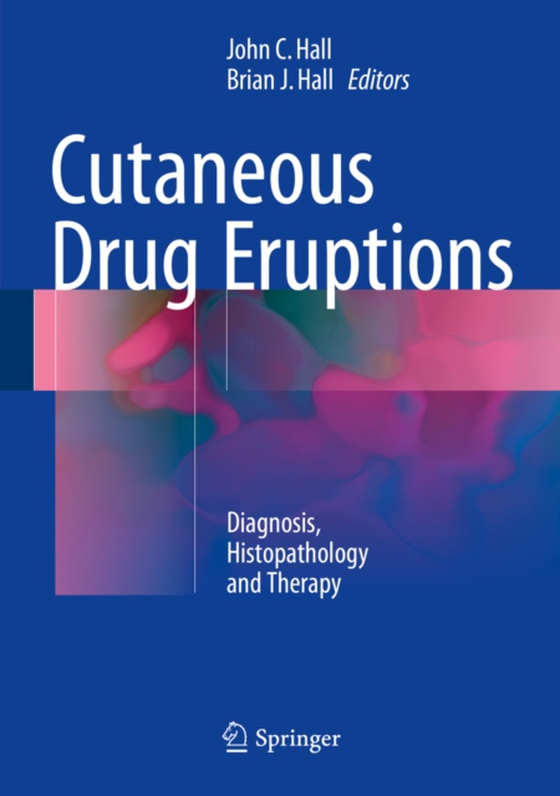
Cutaneous Drug Eruptions e-bog
948,41 DKK
(inkl. moms 1185,51 DKK)
The burden of cutaneous drug reactions is significant, in both outpatient and inpatient settings, and can result in morbidity and even mortality. This book is unique in its approach to this problem. This text is divided into basic principles, common drug reactions, skin conditions mimicked by drug reactions, drug reactions to the skin appendages, life-threatening drug reactions, less common ...
E-bog
948,41 DKK
Forlag
Springer
Udgivet
21 august 2015
Genrer
Medicine: Allergies
Sprog
English
Format
pdf
Beskyttelse
LCP
ISBN
9781447167297
The burden of cutaneous drug reactions is significant, in both outpatient and inpatient settings, and can result in morbidity and even mortality. This book is unique in its approach to this problem. This text is divided into basic principles, common drug reactions, skin conditions mimicked by drug reactions, drug reactions to the skin appendages, life-threatening drug reactions, less common drug reactions, and special groupings of drug reactions. For the clinician, the skin can only morphologically react in to many limited ways. This is also true for the pathologist. Combining these two forever linked specialties is a synergistic paradigm that greatly enhances diagnosis, and ultimately therapy, for these pernicious conditions. Drug reactions in the skin remain a common complication of therapy. True incidences of drug reactions are not available. For general discussion, the rule of 3% can be applied with reasonable assuredness. Approximately 3% of all hospitalized patients develop an adverse cutaneous drug reaction. Approximately 3% of these reactions are considered severe. Outpatient data is even more obscure, but at least 3% of dermatology clinic outpatient visits are due to a drug reaction. Cutaneous drug reactions compromise approximately 3% of all drug reactions. Even more challenging is the fact that the most vulnerable populations to drug reactions are increasing and include the elderly patients on prolonged drug therapy, and patients that use multiple drugs at the same time.
 Dansk
Dansk

